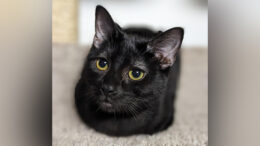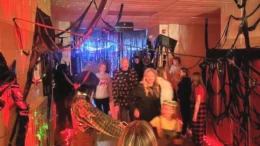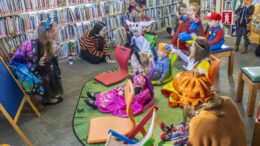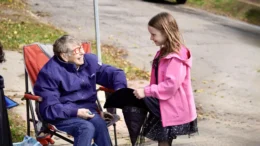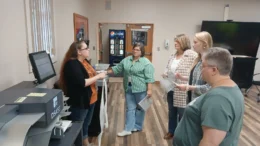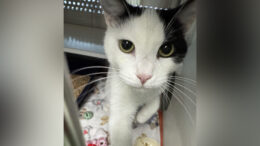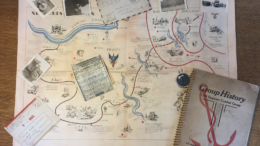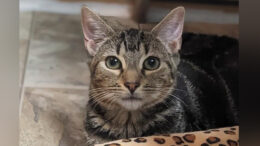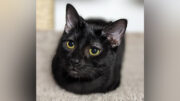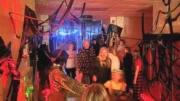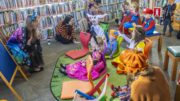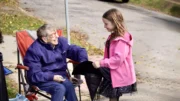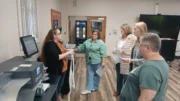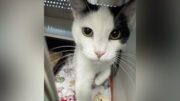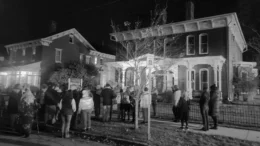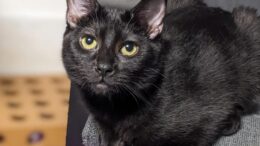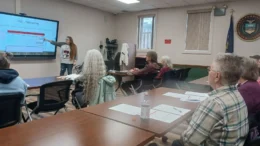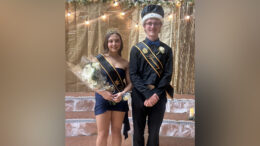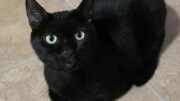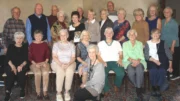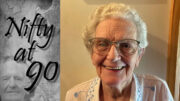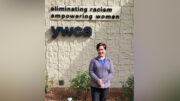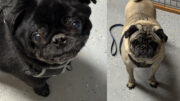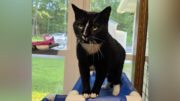“The Holocaust was the systematic, bureaucratic, state-sponsored persecution and murder of six million Jews by the Nazi regime and its collaborators. The Nazis came to power in Germany in January 1933. They believed that Germans were ‘racially superior’. They claimed that Jews were ‘inferior’ and a threat to the so-called German racial community.” – Holocaust Encyclopedia
By RYLEY PAGO – Student Contributor
On March 29, 2019, Dr. Joseph Harmon took his Holocaust class to the United States Holocaust Memorial Museum in Washington, D.C. Harmon gave students a guided tour through the museum, interpreting displays and adding necessary historical background. Afterwards, he took students to some of the World War II memorials in Washington. As one of the students on this trip, I found myself making discoveries that greatly impacted me.
At the beginning of the tour, I came across a display that hit me. During the Holocaust, Jews were to be inspected to make sure they were truly Jewish. During these inspections, they would take these Jews and make sure they had the correct eye color and hair color. When I came up to this one display, it was different from the rest. It actually showed what methods were used to test hair color. They had “Jewish” colored hair samples and compared them to the prisoners’ hair color. They also had eye color sample cards to check eye colors for the Jewish race. Jew after Jew had their eyes checked to make sure for a “fact” that they were supposed to be imprisoned. What a ridiculous way to check for ethnicity!
The second display that was impactful was a glass-enclosed bridge. As the sunlight shone through the glass, I noticed the shadows of names on the walkway. Upon closer examination of the glass panels on the bridge, I realized there were names of exterminated Jewish prisoners organized by city etched in the glass causing the shadows. Out of 11 million people that were killed, these shadows only represent a fraction of those lost. The etchings included first names only, but the artist did not repeat any first names. For example, “Annaliese” appears only once, even though there were three women named Annaliese (Anne) Frank killed during the Holocaust. Anyone viewing the shadows or the etchings would have thought, “That’s a lot of people,” but imagine if first names were repeated for all the lost. The glass bridge would have probably doubled in size.
As I walked into “The Final Solution” installation, it was a different environment. Yes, everyone was sad in the the other museum areas, too, but this room had a depressing feeling that really made you understand how it would have been for the Jewish prisoners. The display made me want to cry. It was so horrific that it made me have this secluded feeling inside of me. The surrounding environment was set up like a concentration camp with tall fencing topped with barbed wire. At the center of the display was a 3D representation the extermination process. The first part was Nazis pushing Jews into the undressing area. At this point the prisoners thought they were all getting undressed to get showers. They had no idea what was going to happen to them. The second part of the display was of prisoners undressing, still showing no fear. The third part of the replica was the gas chamber. Here you can see everyone in this model fighting for their lives. They were fighting to get out of the chamber. While I was looking at this presentation, it made me imagine what all the Jews went through. It was emotional imagining what it would have been like to live as a Jew in that time period. Just imagining all the kids and women that were killed truly sadden me.
When I went to the Holocaust Museum, I understood WHAT the holocaust was, but I didn’t understand HOW much suffering the holocaust caused. I am glad I attended this trip. It has changed me.
Ryley Pago is a student at Redbank Valley High School and a member of The Bark, the school’s journalism/publications group.






